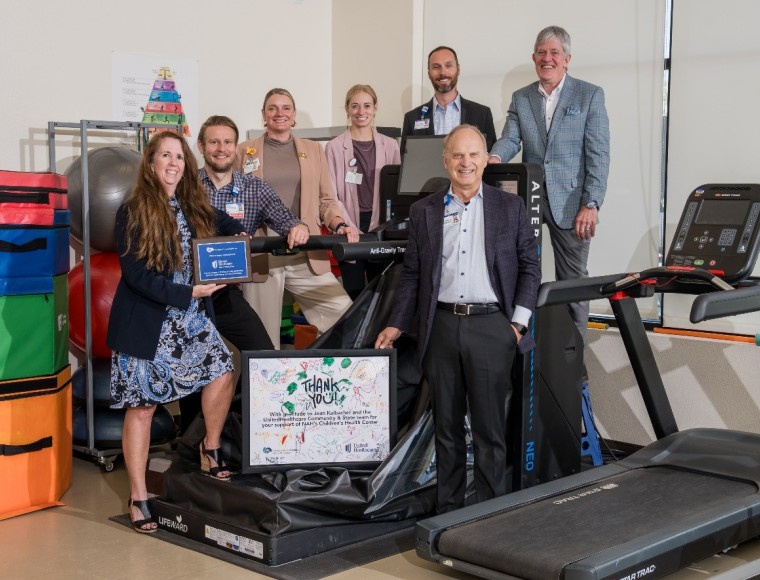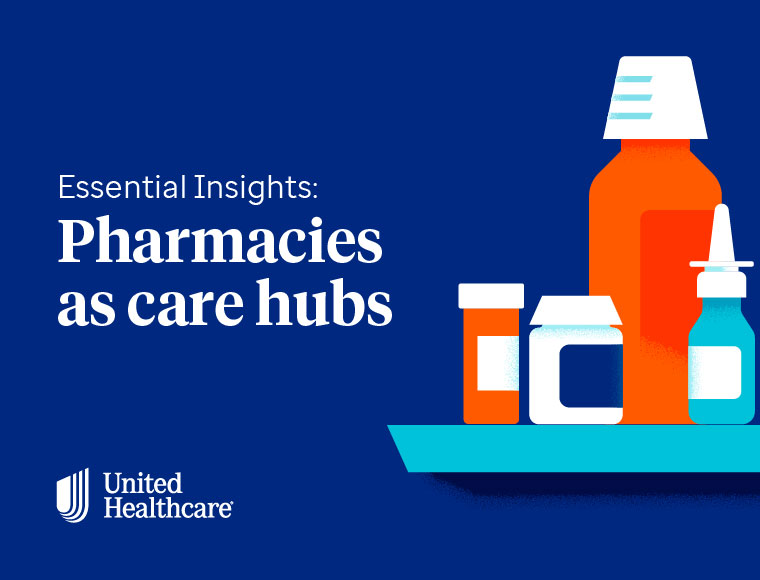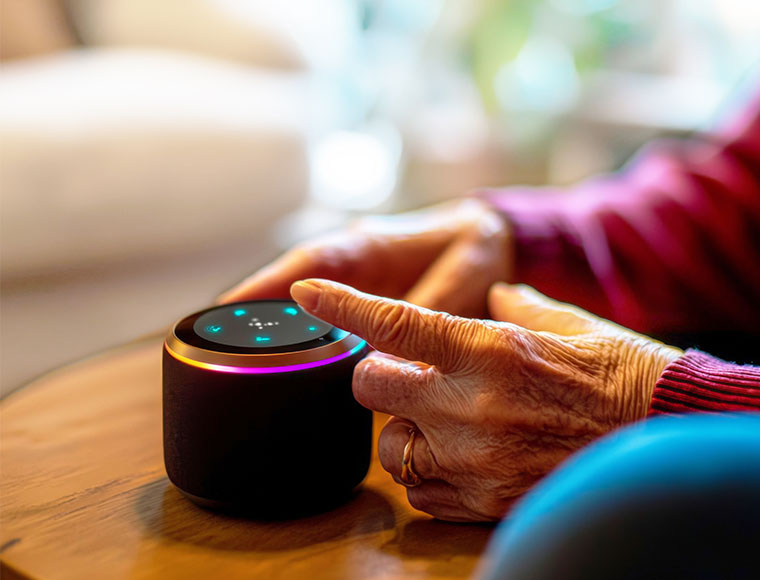Optimizing EDI 834 to improve the Medicaid enrollment process
The U.S. Medicaid and CHIP program serves nearly 80 million Americans who have a low-income, including children, older adults, veterans and people with disabilities as of August 2024.1 It acts as a crucial safety net in the American health care system, allowing those eligible to access necessary care. Medicaid eligibility is determined by assessing factors such as income, household size, age, disability status, pregnancy and other state-specific criteria. This verification is performed at the state level, and once established, the information is communicated to managed care organizations (MCOs) for enrollment. MCOs work with states to create solutions tailored to state Medicaid program requirements and offer a host of other valuable contributions to the broader American health care system. Prompt communication of eligibility to MCOs is essential for beneficiaries to start receiving their Medicaid benefits without delay.
Eligibility information is transferred using the HIPAA-mandated electronic data interchange (EDI) 834 transaction set, which enrolls members in health care plans. However, the 834 process has limitations, primarily because it is batch-based and does not support real-time data exchange. While many states send 834s daily, some take weeks or even months, delaying timely access to care. Standardizing daily submissions would help but would still fall short of the benefits of real-time data exchange, which would enable immediate access to services. The last updates to EDI 834 guidelines were made over a decade ago, and implementations are inconsistent between states. Each state interprets and processes the 834 differently, often making amendments which leads to higher costs, delays and inflexibility, hindering streamlined member care.
Many states require MCOs to use the contact information provided by the state for outreach, even if it is outdated. This can cause inefficiencies and delays in MCOs' ability to engage with members. Additionally, regulations like the Telephone Consumer Protection Act (TCPA) further complicate outreach via modern and efficient consumer engagement strategies such as automated calls or texts. States can help by capturing express consent for MCOs to contact members in the Medicaid application and relay that information through the 834, including preferences for paperless communications. Additionally, to ensure accuracy and avoid rework, states should cross-check contact information with third-party databases before sending to MCOs.
UnitedHealthcare Community & State recommends that states invest in modern interfaces that use near-real-time technologies to minimize delays and improve enrollment efficiency. These advancements can reduce processing times and enable quicker access to care. States can receive enhanced federal financial participation (FFP) for the design, development, installation and maintenance of eligibility and enrollment systems.3 While on the journey of modernizing systems, it is also essential to optimize the existing 834 structure by updating and standardizing companion and implementation guides and code sets. Collaboration with the Centers for Medicare and Medicaid Services (CMS) and MCOs will help ensure uniformity of processes across states. MCOs can support states in this effort by providing insights into downstream impacts and potential pitfalls, saving states time and money on future change requests and system failures.
By focusing on technological advancements, standardization and digital engagement, UnitedHealthcare aims to enhance member experience and engagement. Through collaboration with state agencies and modernizing infrastructure, including how eligibility information is exchanged through the 834, UnitedHealthcare seeks to create a more streamlined, cost-effective and consumer-centered health care system.











